The word “fantasy” often brings to mind pristine castles, shining armour, and impossibly lush flowerbeds. Today’s guest, however, is a builder who prefers to find beauty in the shadows. Alexander, aka dark_dreamlands, is the mind behind “Plague Town”, an 18th-century city of crumbling cathedrals, grisly guillotines, and an all-consuming deadly plague.
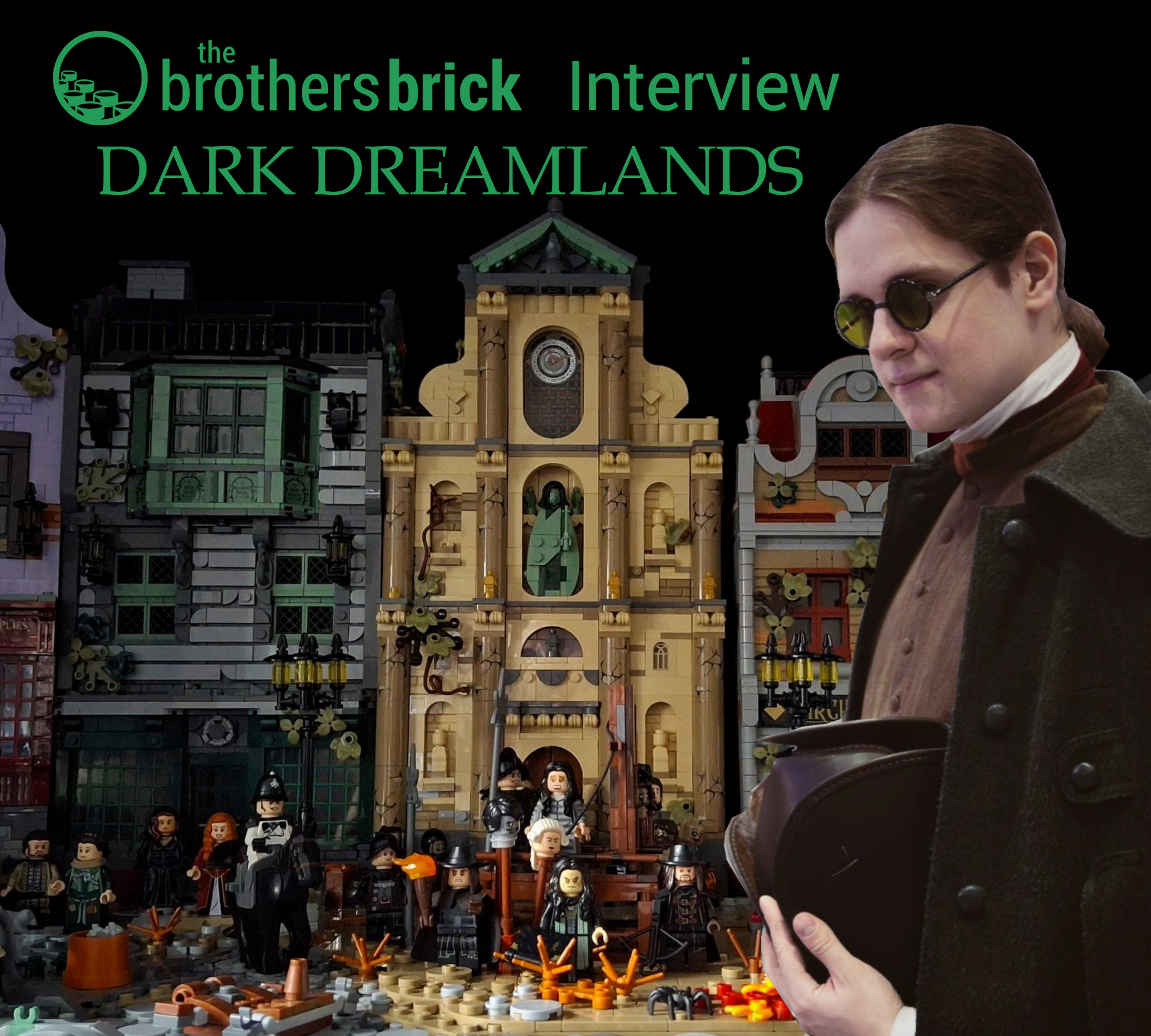
Alexander’s regular updates to the architecture and inhabitants of Plague Town has helped inspire a rising trend of dark fantasy creations in corners of LEGO fandom. We are thrilled to take the grand tour with him and find out how to craft melancholy in a hobby so commonly associated with glee.
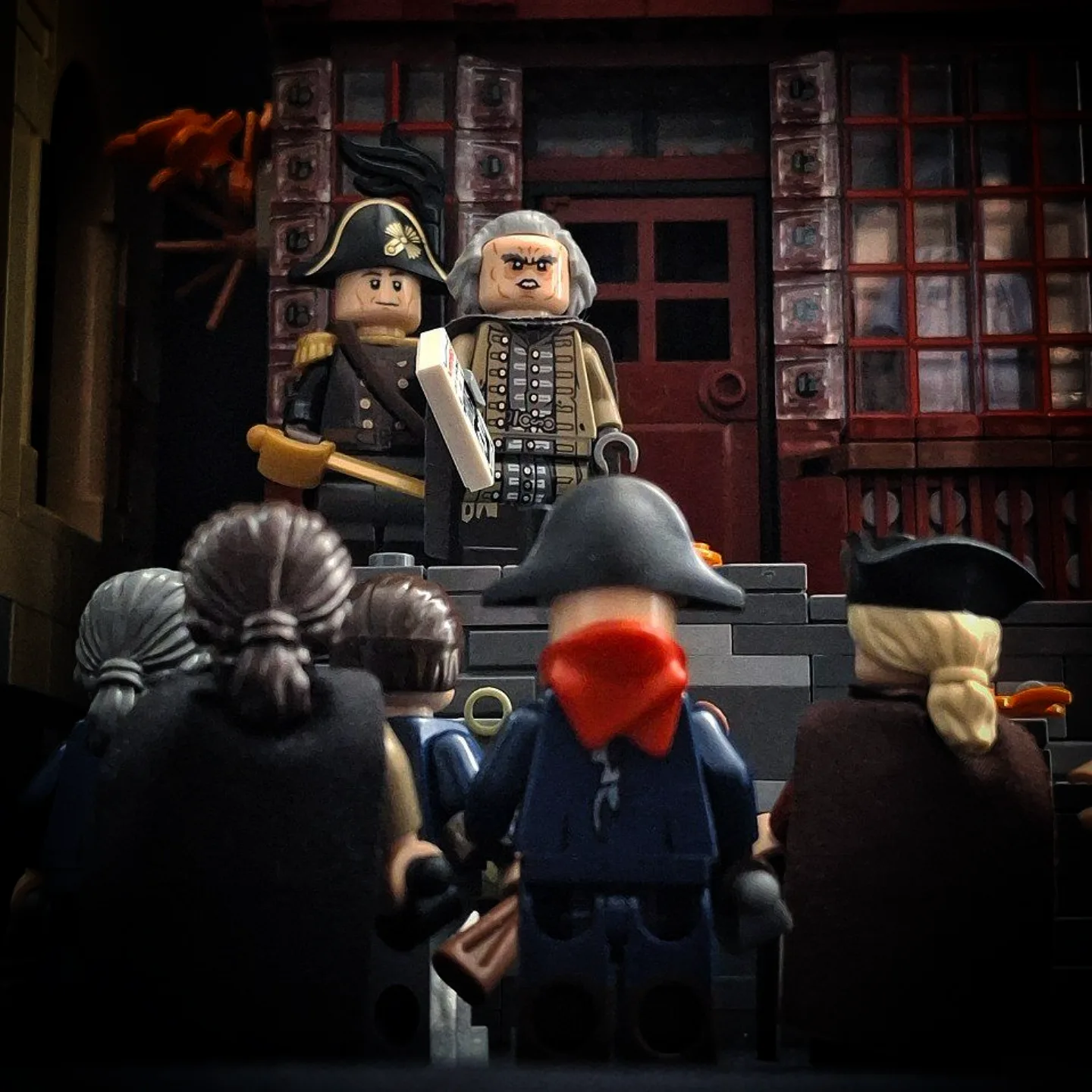
TBB: Happy Halloween! Can you introduce yourself to our readers?
Alexander: Hello and thank you from the bottom of my heart for paying attention to my work! My name is Alexander, but in the Lego community I’m better known as Dark Dreamlands. I live in Russia, I love history, fantasy and Lego, and in my projects, I combine all 3 of my hobbies.
TBB: Plague Town is a truly unique project and the first big diorama we’ve seen on your instagram page. Can you share a bit about your journey as a builder and what inspired you to create this layout?
Alexander: Yes, indeed, Plague Town is the first large Lego project in my life. Since my youth, I have been fascinated by gothic and horror literature, Edgar Allan Poe, H. P. Lovecraft; I have also been drawn to films with a dark aesthetic of the past, such as Perfume: The Story of a Murderer and Brotherhood of the Wolf. And I have replayed Bloodborne, the quintessential gothic aesthetic experience in video games, many times.
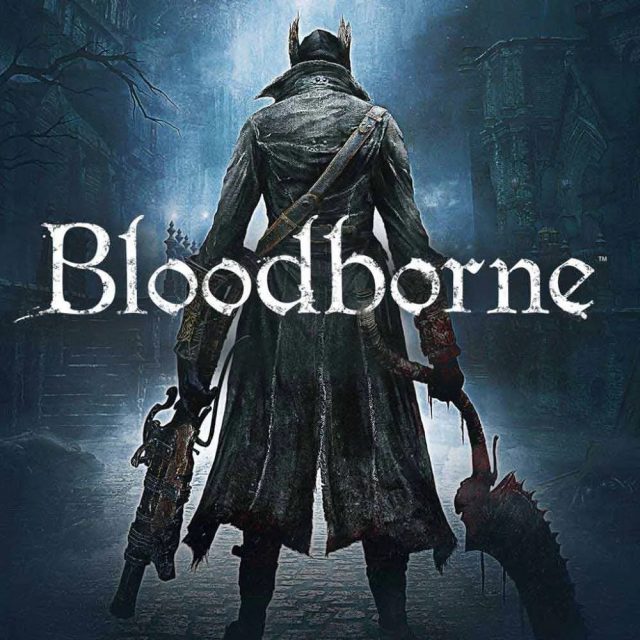
I’ve been collecting LEGO since I was a kid, and when I was a teenager, I used to copy a lot from the internet, just like an artist who’s learning to paint copies masterpieces. I didn’t believe I could do anything remotely similar to the MOCs that have inspired me. Moreover, I didn’t have the funds and was always short on parts. But last year, I came up with the idea of creating a small diorama of the city of Yarnam from Bloodborne. This diorama marked the beginning of the long and challenging journey towards the creation of the Plague Town.
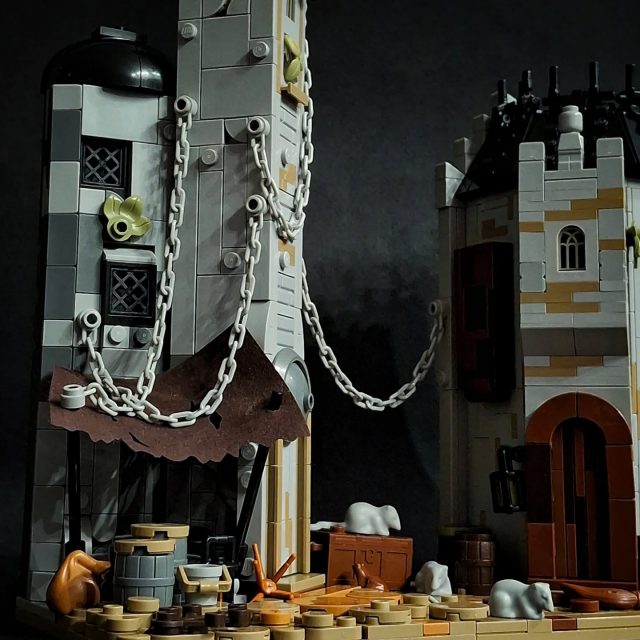
TBB: When we think of LEGO most people imagine bright colours and idyllic scenes, not disease and decay. What are the challenges of creating a grim diorama using a traditionally bright medium like LEGO?
Alexander: In fact, LEGOwasn’t always filled with joy and colorful themes. Series like Harry Potter (especially the 2005 and 2011 waves), Pirates of the Caribbean, The Hobbit, and, of course, Monster Fighters, had plenty of dark and frightening elements. Just look at the Blackbeard Pirates, the LotR Goblins, or the tattered-clothed Zombies. LEGO hides a lot of possibilities for creating creepy characters.
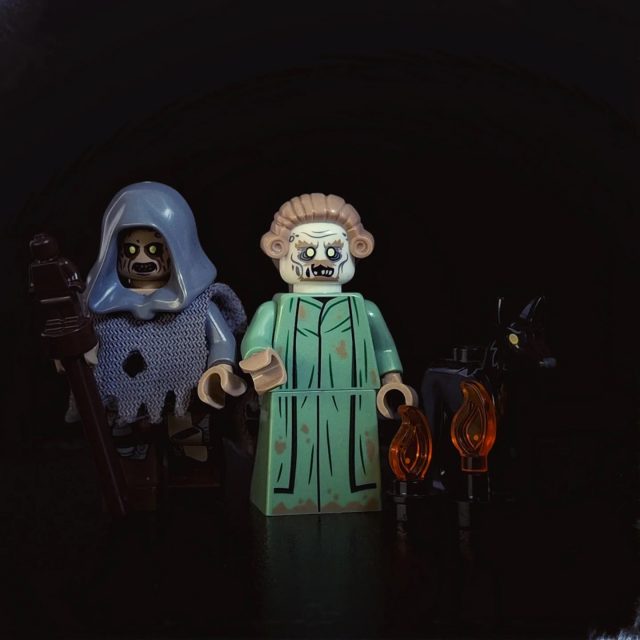
As for buildings and landscapes, LEGO has plenty of dark colors, my favorite being sand green. In the past, LEGO didn’t hesitate to release official sets with a creepy theme, such as the Haunted House 10228 or the Goblin King Battle 79010. Even now, there are occasional releases like Barad Dur or the Shrieking Shack. In fact, building gloomy Lego structures is much easier than it may seem!
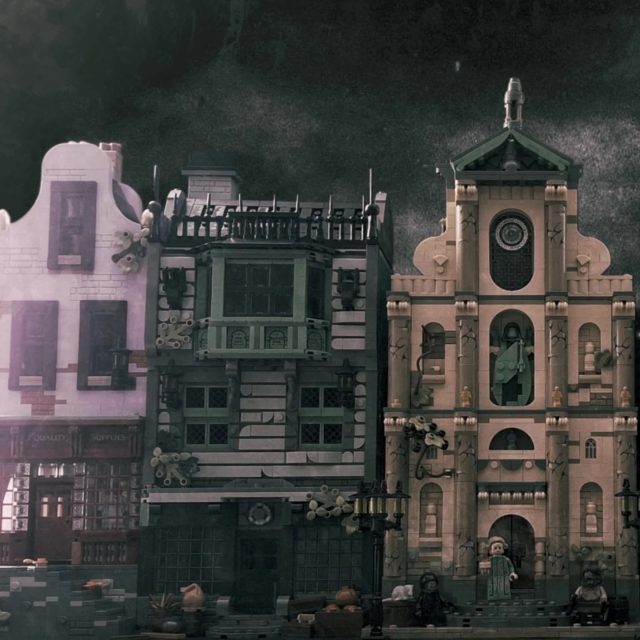
TBB: Do you remember your first LEGO set? And Do you have a favourite LEGO set past or present? Perhaps there is a set with a similar vibe to plague town or something on the total opposite end of the spectrum.
Alexander: Oh yes, I definitely have a favorite set. All my childhood I dreamed of a LEGO Haunted house 10228. A gothic, abandoned building inhabited by classic monsters: vampires, zombies, ghosts, you know. It was a dream set of mine. And now, as an adult, I’ve been able to fulfill my childhood dream and decorate my shelf with this masterpiece of dark aesthetics. In many ways, it’s even darker than my dark fantasy project, more abandoned and tarnished. There was a time when LEGO didn’t shy away from horror themes. That’s what I love about it.
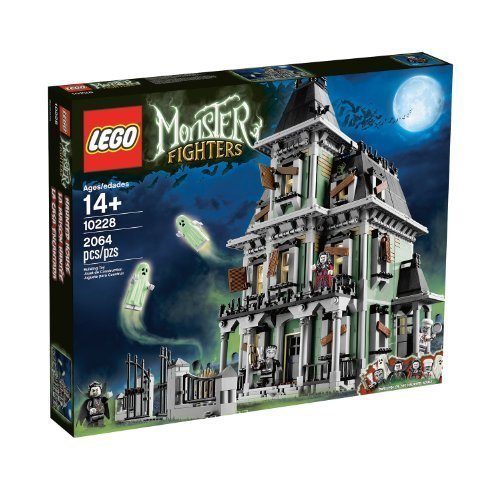
TBB: Those who have tried, know that building a weathered looking display can be more difficult than a pristine new castle. How have you developed this worn down style?
Alexander: In fact, I was very helped by the techniques from official LEGO sets. For example, I took the red brick inclusions in the purple facade from the set of the Diagon alley. Some solutions came in the process of assembly: the collapsing facade of the cathedral is both a style and a way out of the situation with a lack of parts. The fact is that I had only 3 tan stone statues and only 3 golden microfigures. Creating a collapsing facade allowed me to organically get out of the situation.
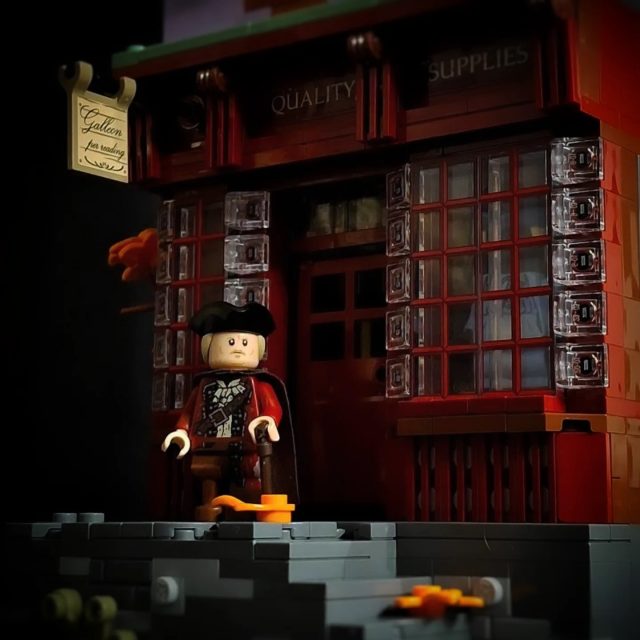
The idea of the Cathedral itself came to me when I learned about the existence of printed details of marble columns from Gringotts Bank. It is the columns of the cathedral that set the mood for the entire model, giving the building a noble and aged appearance.
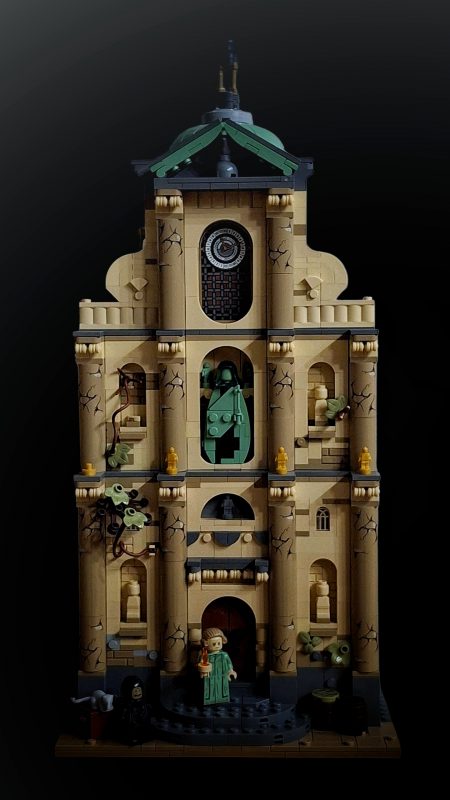
I would also like to mention the white corner building, which is covered with ivy. Unlike the other facades, I did not use any dark colors to blend the white walls of this facade. Green on the facades automatically evokes a sense of abandonment and decay, and at the same time, a peculiar harmony between man-made and natural elements. Later, I decided to add flora to the other buildings, and thus the entire city was covered with faded foliage.
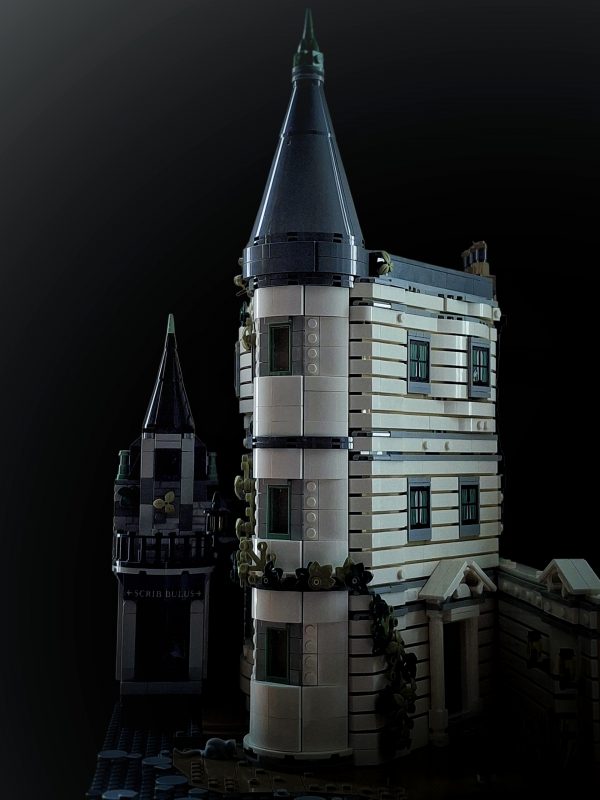
TBB: We have loved checking and rechecking your uploads to find all of the little details. Are there any scenes or flourishes that you are particularly fond of?
Alexander: It’s incredibly nice to hear that you enjoyed exploring the details of the Plague Town! My favorite scene is undoubtedly the guillotine, surrounded by stakes with heads impaled on them.
One might think that this level of brutality is a deliberate exaggeration and a fabrication intended to shock the audience. However, in real history, French revolutionaries impaled the heads of executed individuals on pikes and even organized gruesome processions, carrying the heads in front of the citizens’ windows, proclaiming the reign of terror.
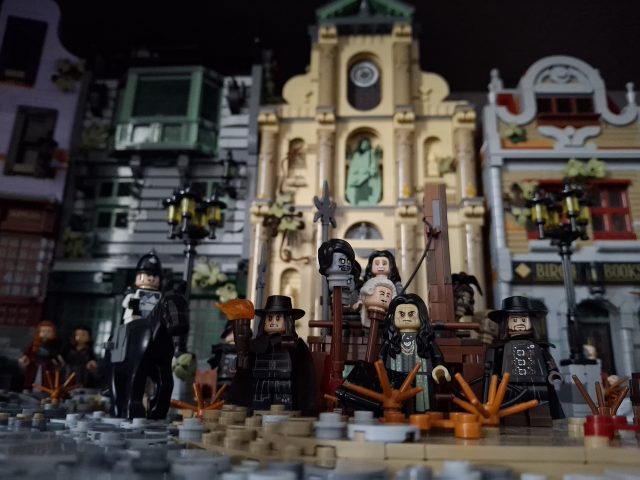
TBB: Given LEGO’s recent trend of appealing to adult fans, are there any kinds of parts or wish list themes you would love to see LEGO release that would help you expand Plague Town?
Alexander: Lego really focuses more on grandiose sets for adults, and I would really like to see more historical eras. So far, LEGO, if we talk about the theme of the past, is limited to the Middle Ages (castles) and the 19-20th centuries (Western + modular buildings). I would really like to see a variety of historical eras, buildings in the Baroque or Classic style, perhaps in a colonial style (as an addition to the Pirates series for example). Anything related to the 18th century would be perfect for me!
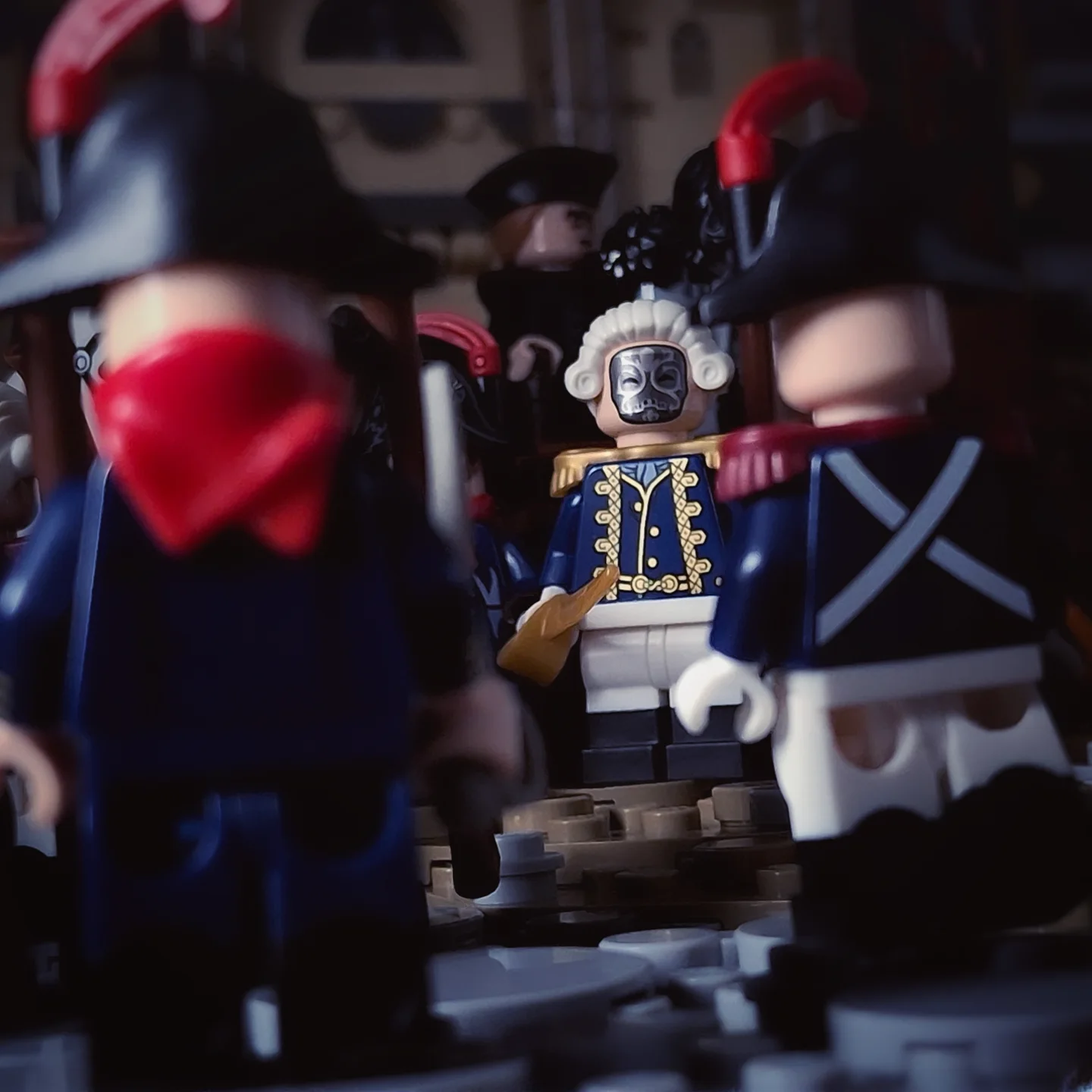
TBB: Let’s talk minifigures. The inhabits of Plague Town are as grisly and detailed as the builds. How important are the minifigures to your overall vision and how do you go about designing them?
Alexander: Minifigs play a key role in the project. No matter how good the facades are, it is the memorable characters that play a crucial role in the stories and illustrations. It can be said that the Plague Town was born from the figures of sick and gloomy characters who needed a place to live.
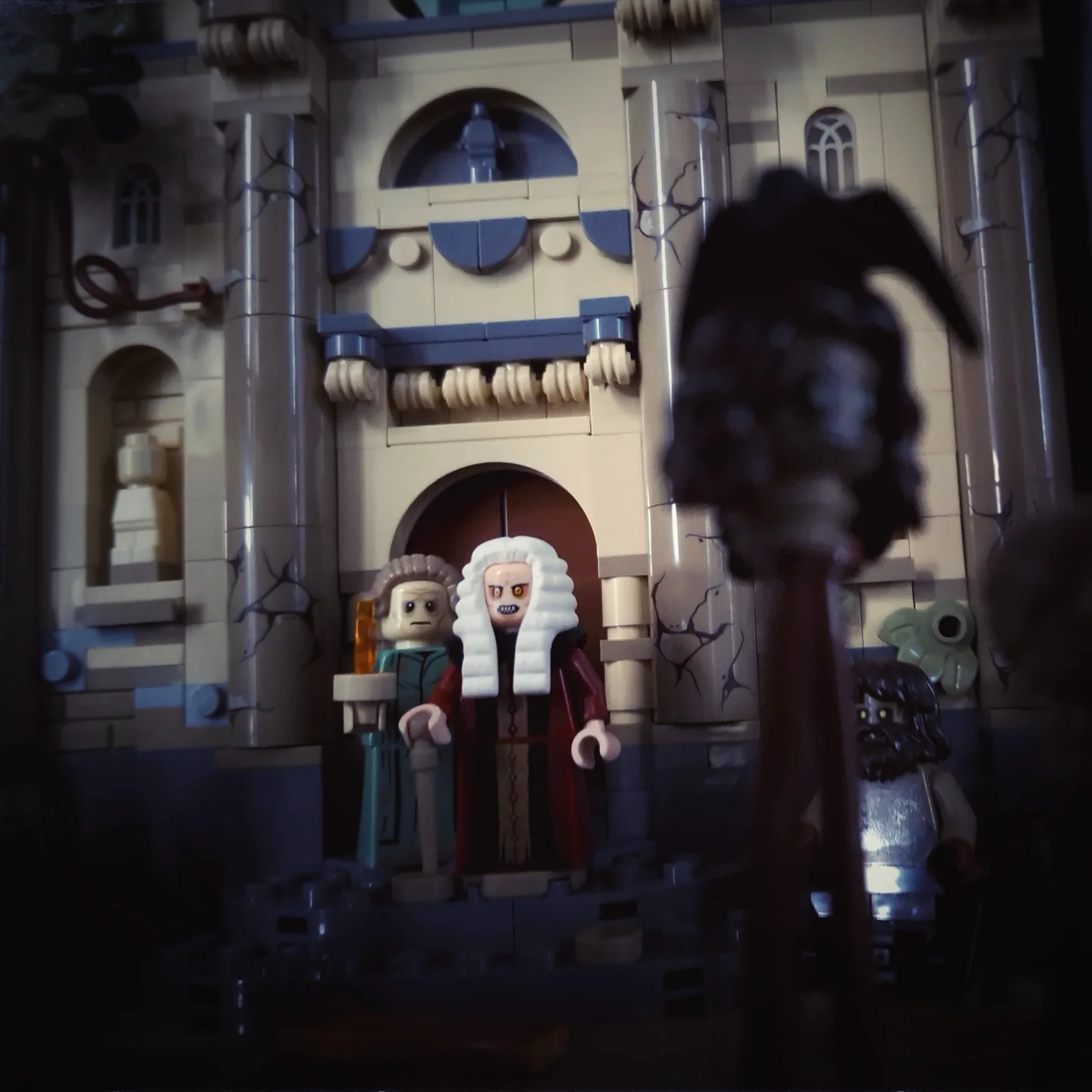
The first to appear were the pale clerics of the lower Choirs and Judge Gozzo. They were so good that I built the Cathedral for them first of all. Building characters is at the same time a challenge and a pleasure. Sometimes you have to look for the right rare pieces (faces, torsos, hairstyles) for months to achieve the perfect combination. When creating characters, I focus on historical images and costumes and get inspired by fantasy of the same setting (late 18th century), not forgetting about the details of my own lore. Realistic is the main feature of my heroes. I carefully select each character’s personality, emotions, and unique features (scars, imperfections). Faces play a crucial role in the perception of a character.
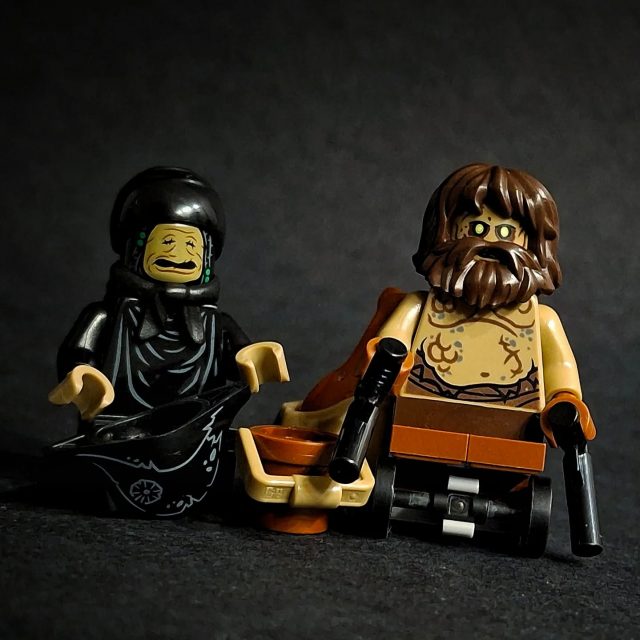
TBB: Still on the topic of minifigs, we notice you have used some desirable parts from pirates of the Caribbean, Harry Potter and Star Wars. What themes have been helpful in creating your Townsfolk and are there any white whale parts you still want to get your hands on?
Alexander: To create the characters, I looked for parts wherever possible. You’ve already mentioned Harry Potter, Pirates of the Caribbean, Star Wars, but I also used parts from less obvious series like Nexo Knights (my favorite dark tan wig comes from there), The Hobbit, and The Lone Ranger. It turned out that I had already obtained the most desirable pieces. The Pirates of the Caribbean series provide the most authentic and suitable attire for Dark fantasy in an 18th-century setting. The crew members of Silent Mary have historically accurate and worn-out tattered jackets, which perfectly captures the atmosphere of lost grandeur. It took me a long time to find the goblin heads from Gringotts Bank, and even longer to find Captain Salazar’s captivating torso. You could say I’ve already caught my white whale!
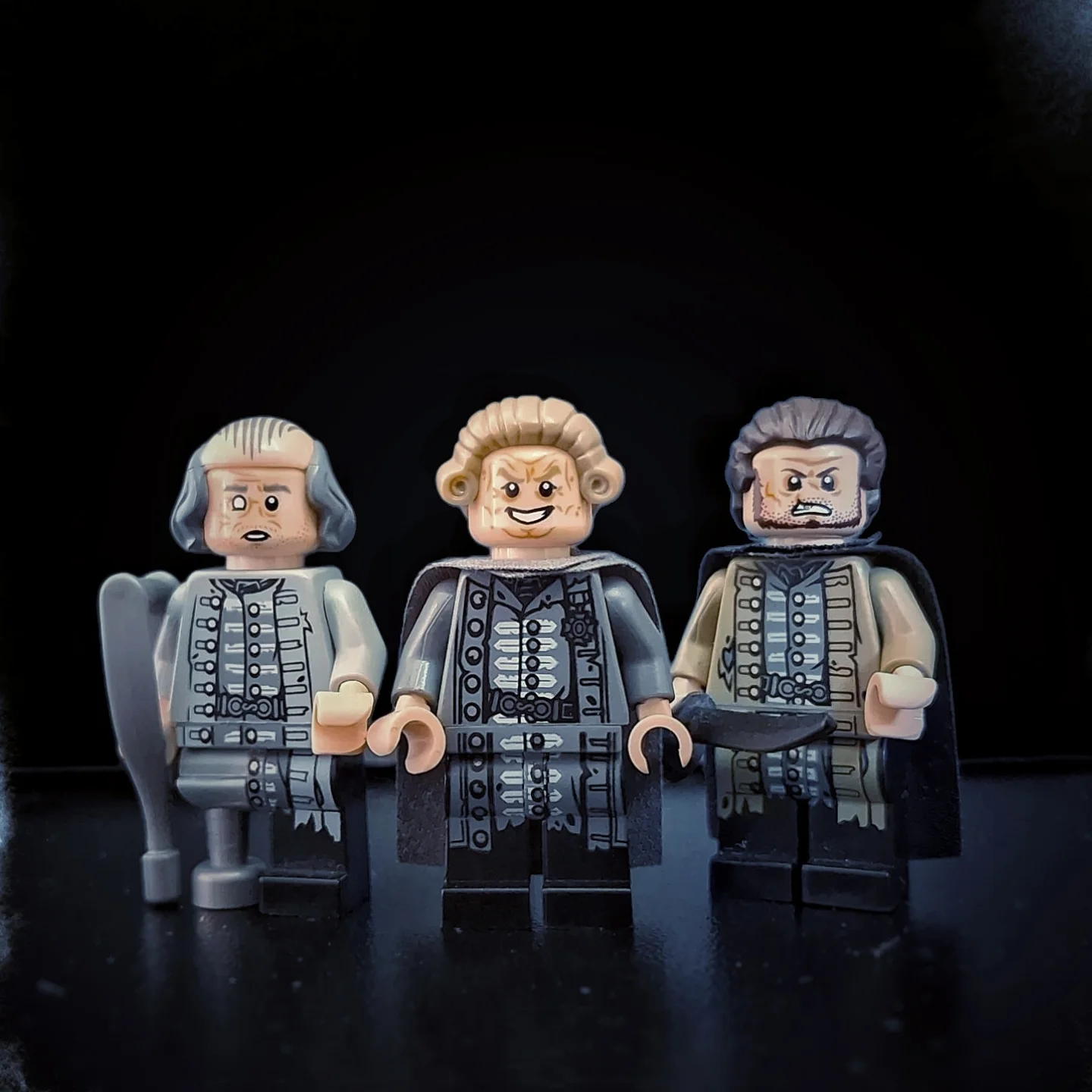
TBB: There is so much storytelling in the details of your builds. Can you tell us a bit about the lore of Plague Town?
Alexander: The world of Dark Dreamlands is filled with colorful characters and lore.
Created by beings far older than the earth itself, the world of Dark Dreamlands has slept for centuries, ignorant of the nature of existence and waiting to be awakened. The main religion of this world revolves around awakening and enlightenment. In the Plague Town, they worship the Great Mother, the source of both birth and decay.
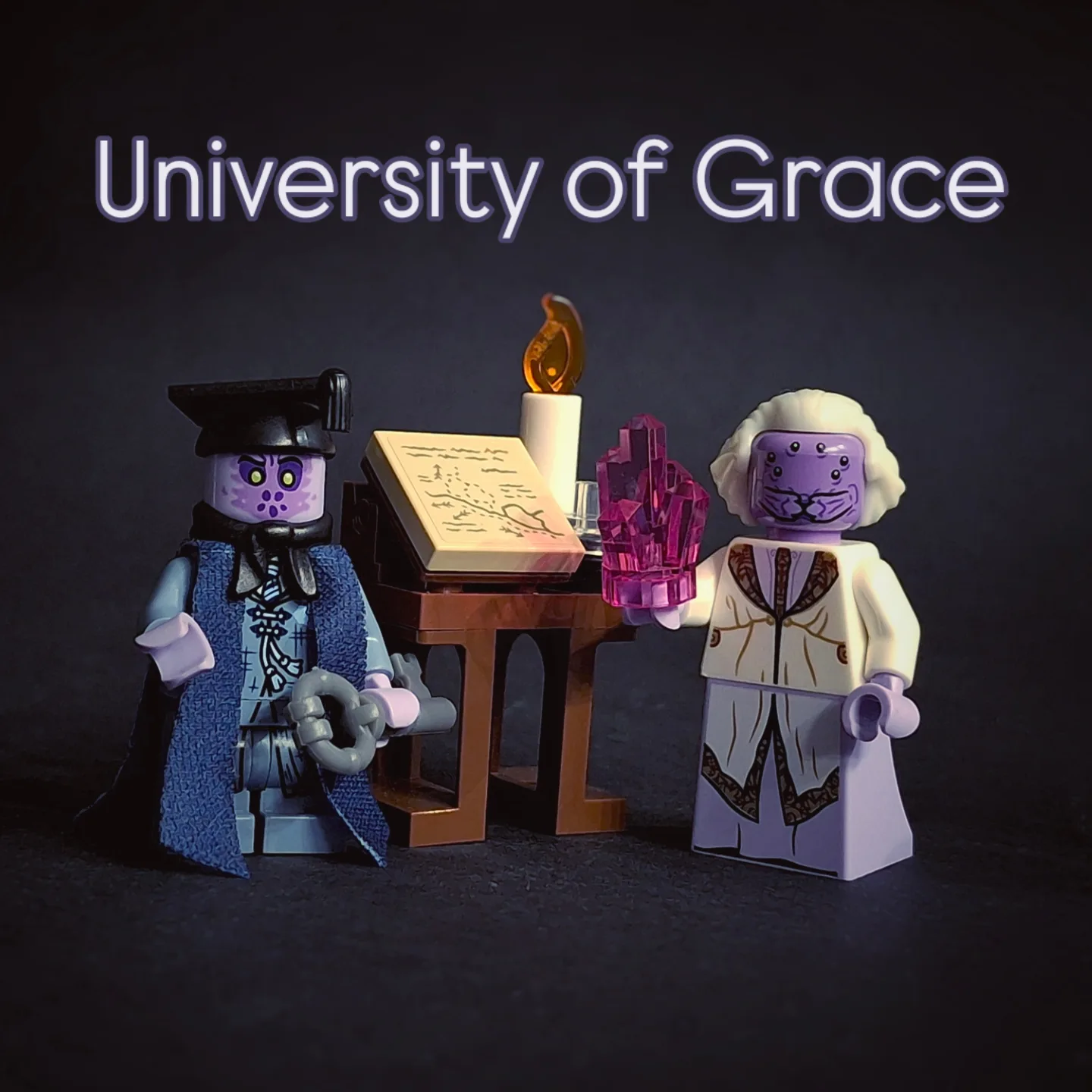
For centuries, enlightened martyrs have been in contact with the Great Mother, gaining revelations. Through generations, they have honed their painful rituals, freeing themselves from the torments. This is how the Church of Enlightenment was born but also the Plague of flesh appeared.
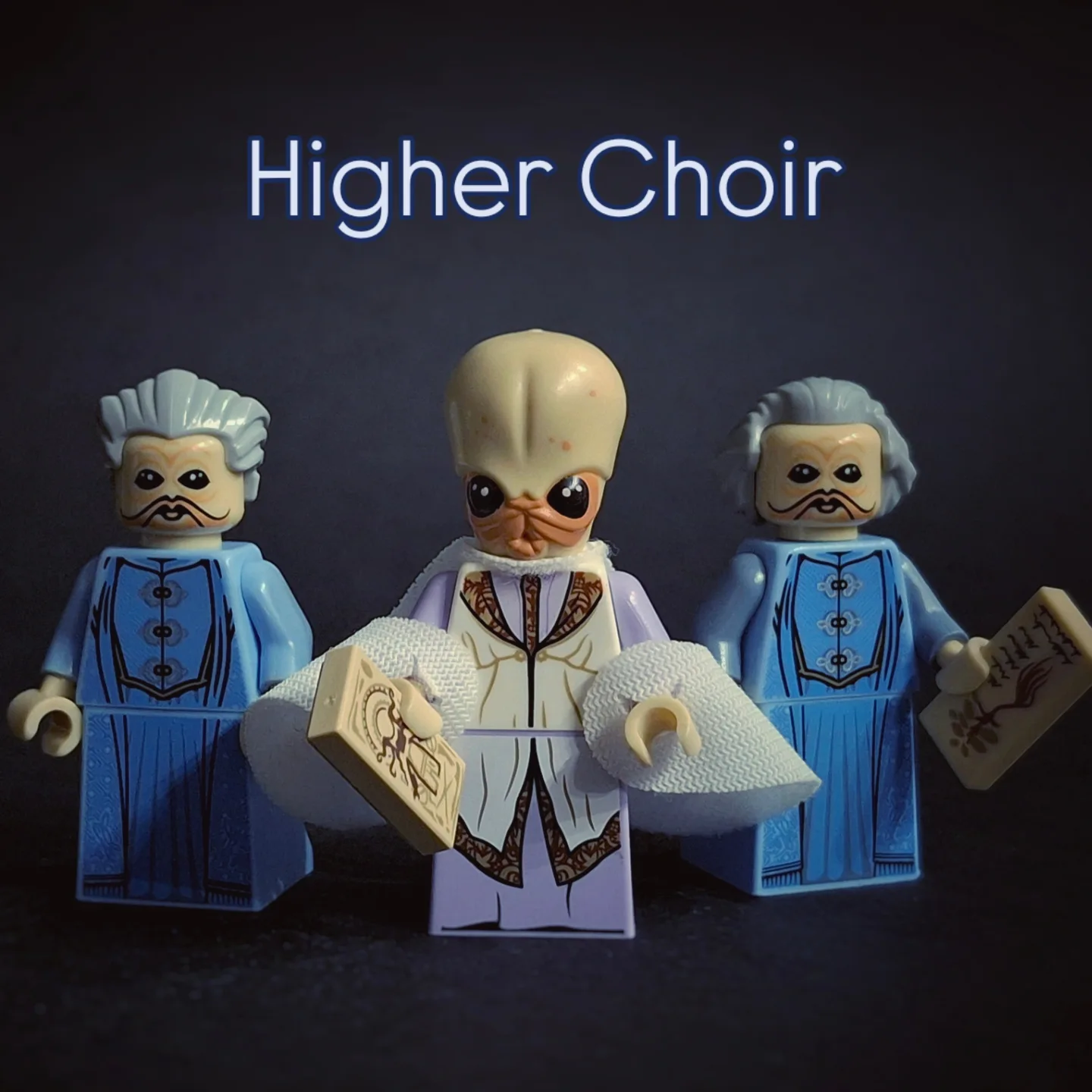
The pale preachers of the Lower Choirs spread the Gospel of the Great Mother. The parishioners visit the Cathedral for silent prayer, accompanied by the revelation of Ancient Wisdom. It is no surprise that the Cathedral of the Enlightenment is the central location of the Plague Town.
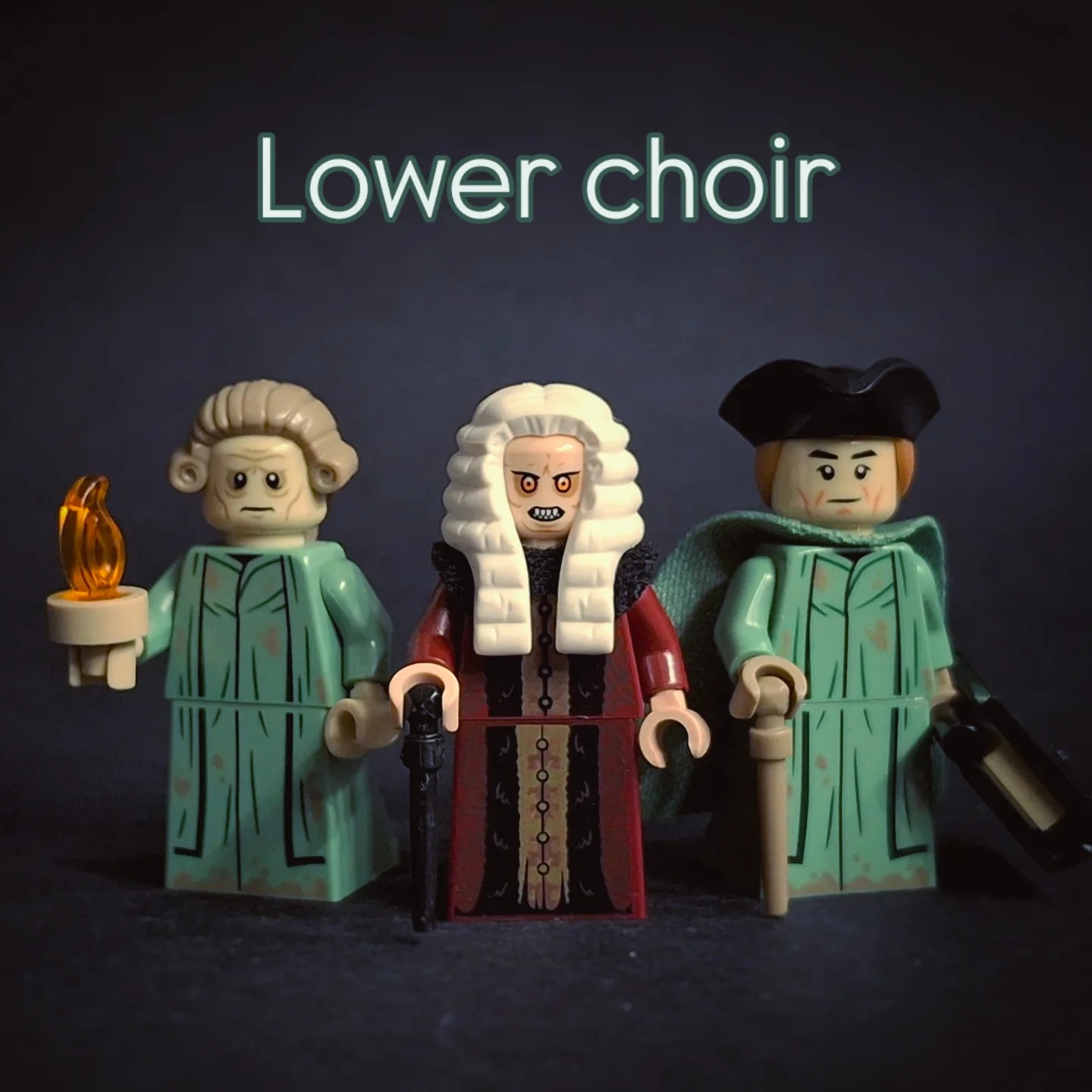
TBB: Have any official themes been useful for this display?
Alexander: The most useful LEGO series was definitely Harry Potter. To create the Plague Town I used three sets: Battle of Hogwarts, Gringotts Bank, and Diagon Alley. The facade of the bookstore from the Creator series fit perfectly into the model, and I reassembled it to give it a more wrecked look.
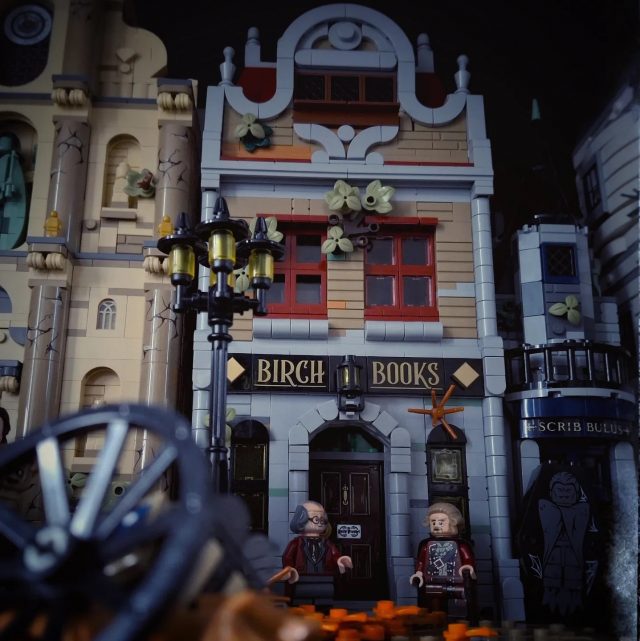
TBB: All of the sections of this display blend so well together. Can you tells us about your planning process and how each model comes together?
Alexander: When creating MOCs, I rely on free creativity, but I always keep references in mind. When creating Plague City, I studied Baroque, Rococo, and Classicist architecture, and I compiled an entire album of 18th-century cityscapes (mostly from France), as well as a separate folder of church and cathedral facades. I tried to make the buildings as authentic as possible, and in fact, Plague Town accurately reflects the average appearance of a European city in the 1790s, but it also incorporates fantasy elements that enhance the contrasting atmosphere.
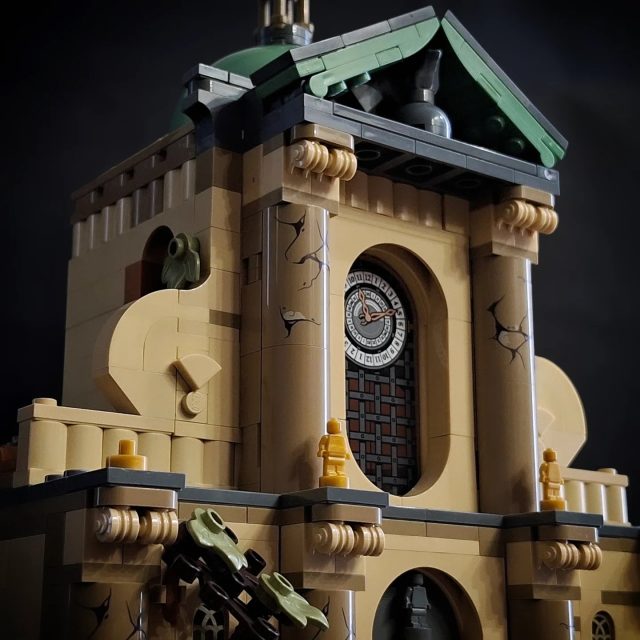
TBB: As the model grows, do you plan to keep it as one large display or do you have other storage/display plans?
Alexander: The model took up a huge shelf of 90 (width) by 45 (depth) by 40 (height) cm. from wall to wall. The cabinet where the Plague Town is located was specially designed for such projects. It is glazed and has a backlight, so the model has been delighting me for several months, being the crown of my entire LEGO collection.
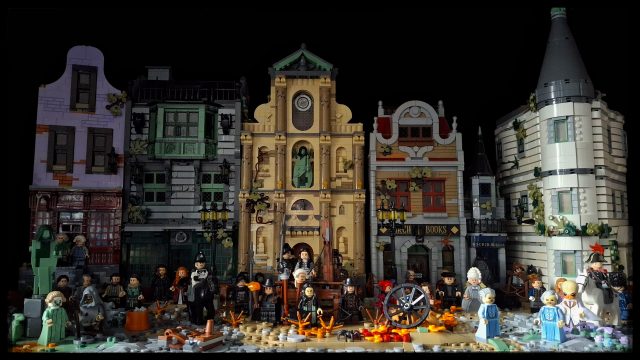
TBB: My personal favourite detail is the circular floor tiles half buried under dirt. It seems to hint at a more prosperous city from days passed. Are there any subtle details you would like to highlight?
Alexander: I’m delighted that you’ve noticed this detail! You’re absolutely right, the tile buried beneath the dirt is a testament to the former luxury that was lost due to the plague.
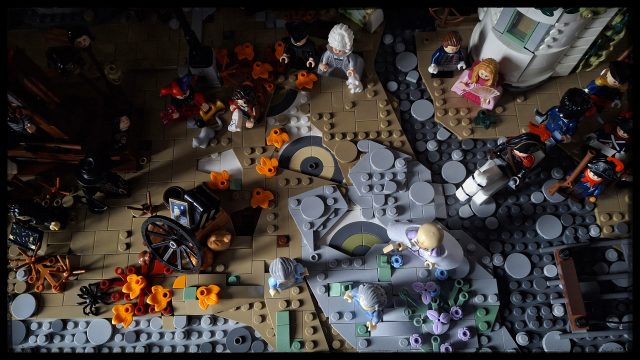
The same symbol is the missing statues on the cathedral’s facade, and, of course, the overpowering flora that spreads like mould and rot across the facades and the mud-covered square. The piles of abandoned items hint at a significant decrease in the town’s population. The severed heads on the stakes are a clear indication of this too.
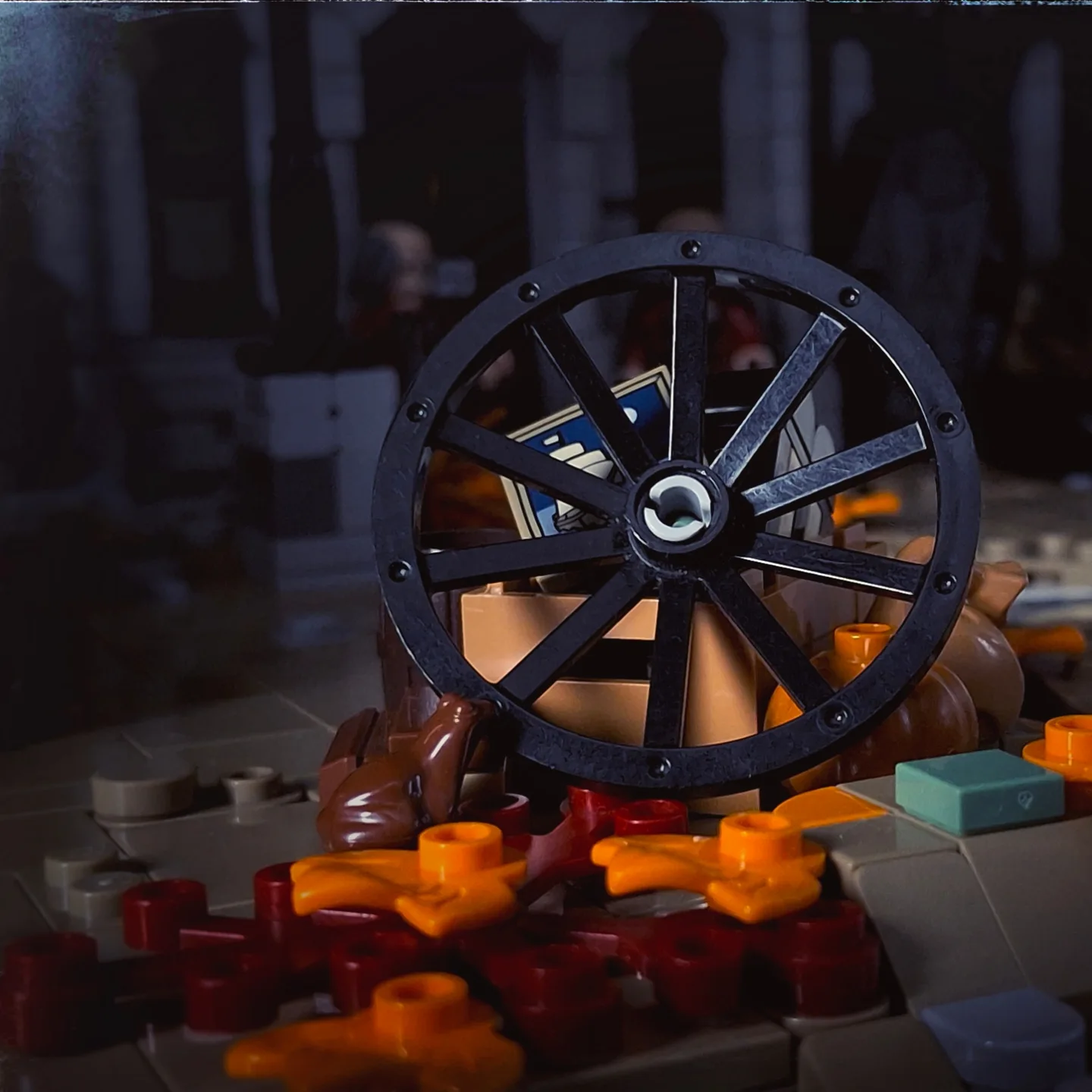
In creating piles of things on the street, I was guided by 18th century revolutionary barricades. As a rule, furniture and items such as crates, old cart wheels, and overturned wagons were used. In the Plague Town, the barricades have been cleared, and what remains is nothing more than a dump of items that have long lost their owners.
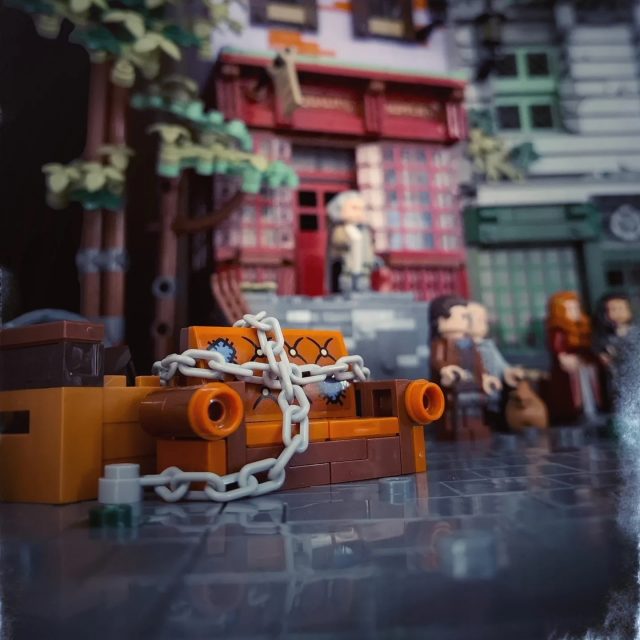
TBB: Are you a member of any builder communities or LUGs?
Alexander: Yes, I am a member of the Umbassa community, which was formed through my acquaintance with Jacob jdm_bricks . We talked a lot about the dark aesthetic in LEGO, and in particular about how little content like this was available on the internet, so he decided to create a community where dark fantasy figures and MOCs could be shared. This niche was relatively empty at the time, and I was one of the first people on Instagram to create an account dedicated exclusively to dark fantasy. And so, Jacob was able to get a lot of other talented people, including Bricks.for_bricks, foolsfigures, expansionbricks, Falcon_figs, red impala, and others involved. This is how the community began to grow and has continued to do so ever since. And I can say that I was at the very beginning of it all.
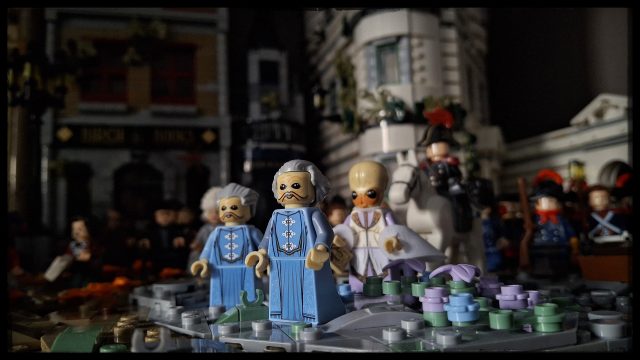
TBB: This has been really fun and super interesting. Is there anything you’d like to share or any message before we go?
Alexander: I would like to thank you from the bottom of my heart for the interview! I was happy to share the details of my project! I would like to wish all fantasy fans unwavering perseverance. I have been working towards this project all my life, and even when the opportunity arose to bring it to life, I faced daily challenges such as time constraints, work, family life, and more. I want to encourage you to pursue your dreams, even if it means taking small steps, as long as you keep going.
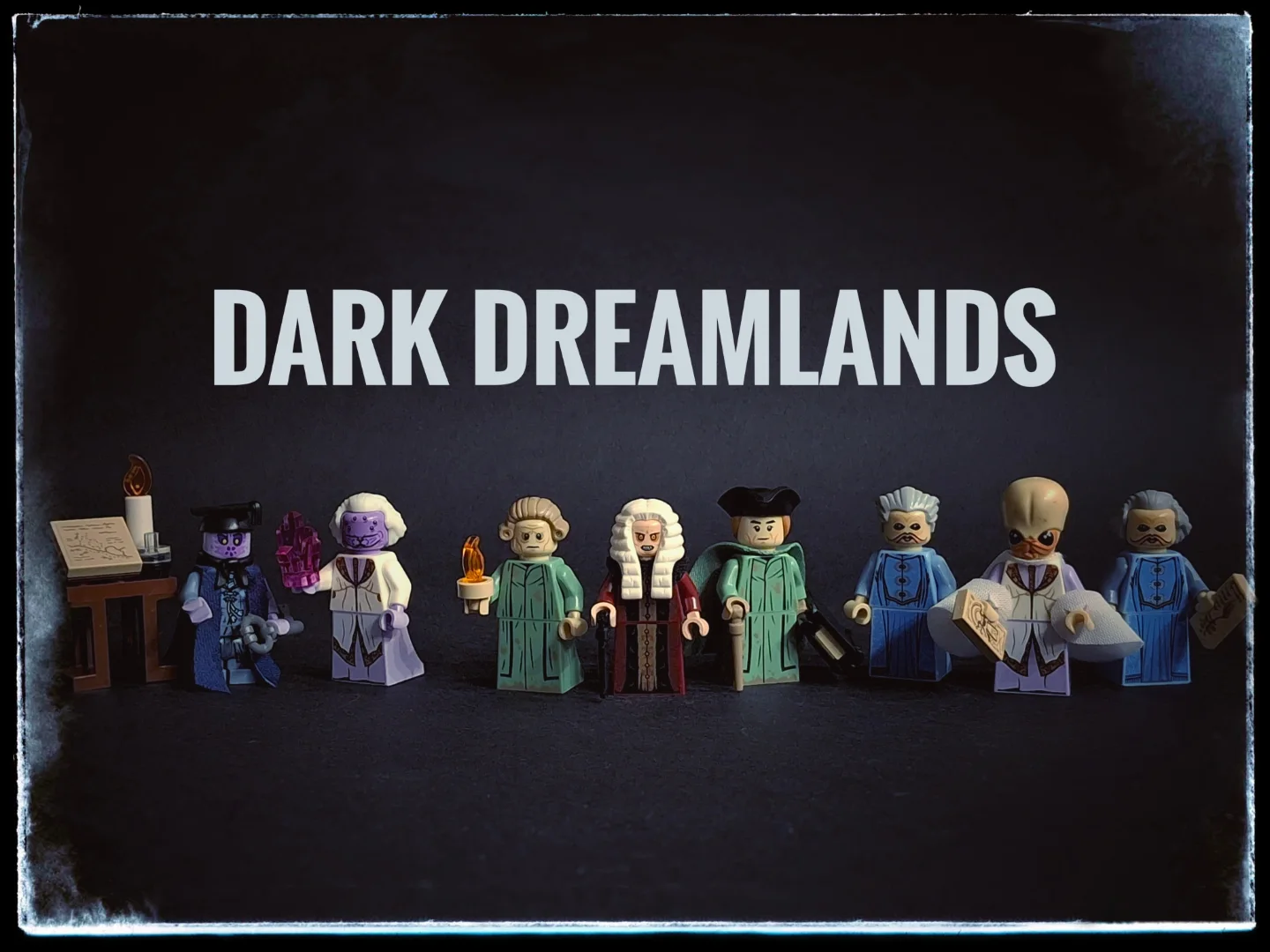
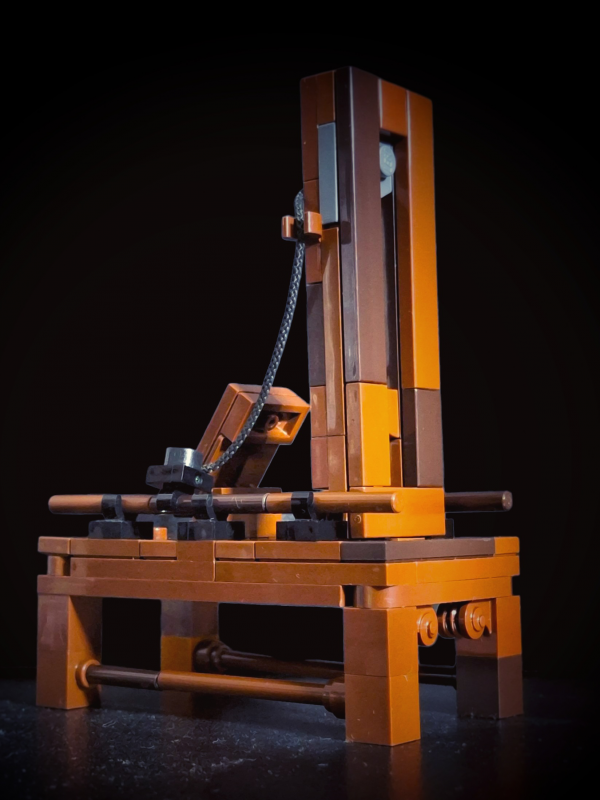
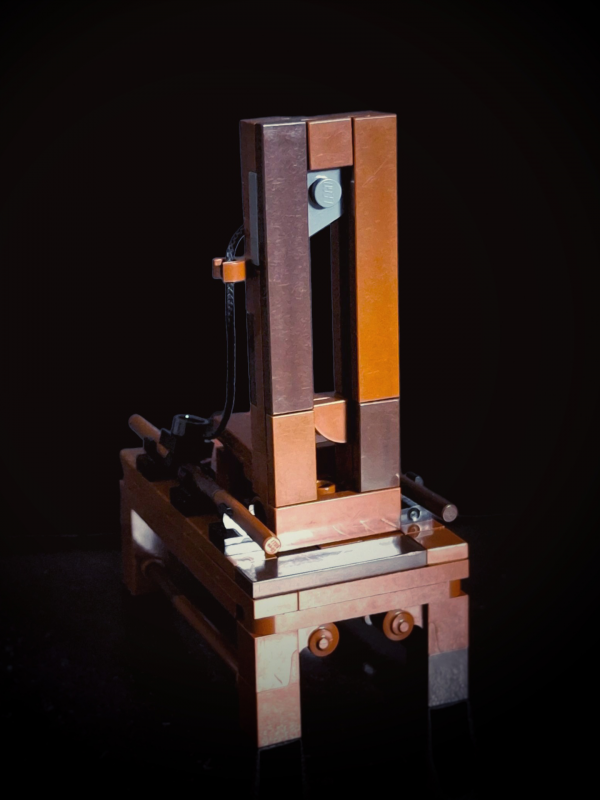
Absolutely amazing!
Impressive level of detail and dedication